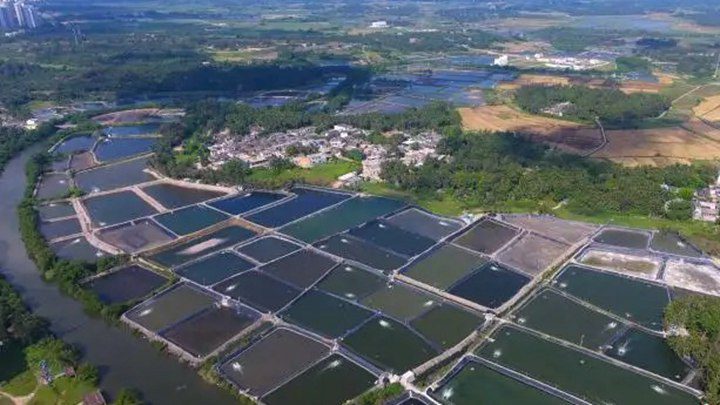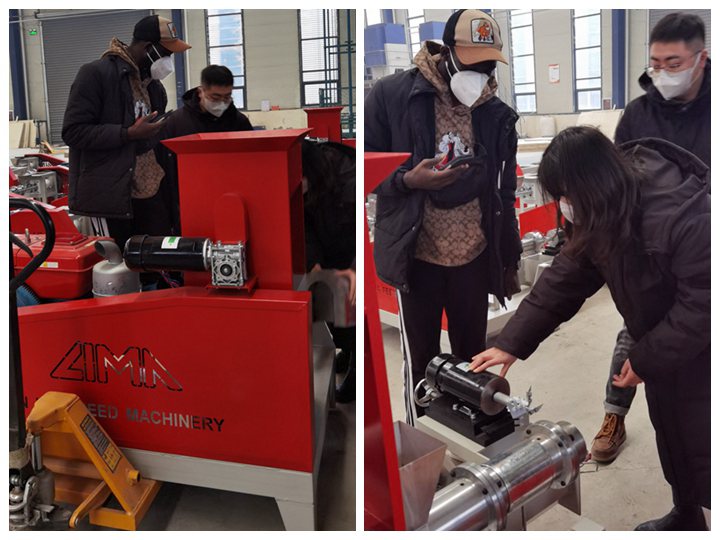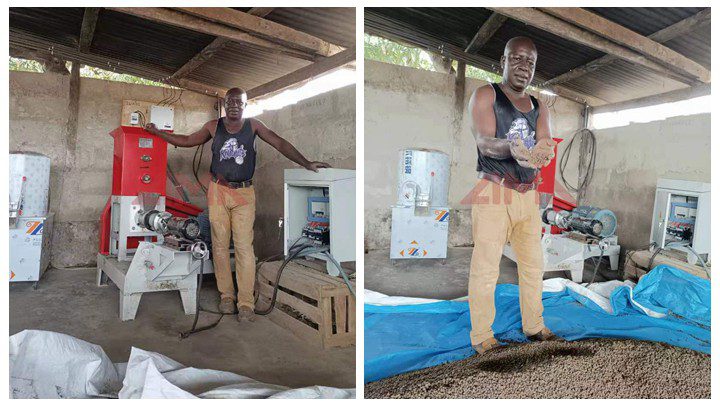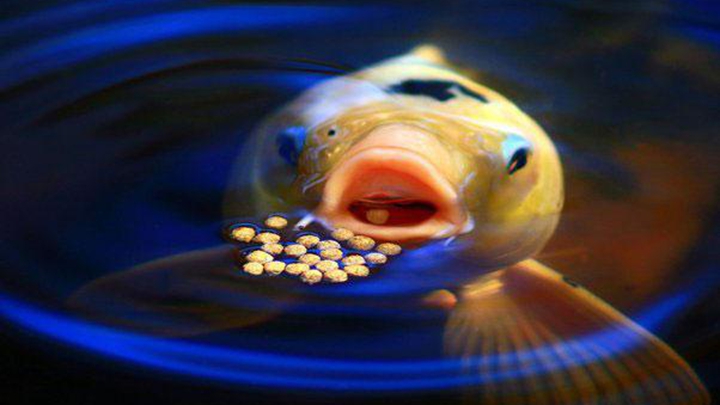The most common mode of fish farming is pond farming, but the management of fish farming in ponds is not simple. There are many problems such as the prevention of diseases, the aging of pond water quality, and the inconvenience of irrigation and drainage. Sometimes there are too many raw aquatic plants and too much duckweed, and it is difficult to do disinfection work. So what are the methods and techniques of pond farming? Lima Machinery summarized seven points for customers’ reference.
In the process of feeding fish, have you ever been troubled by the rising price of fish feed pellets? Choose Lima fish feed pellet machine and let the price increase of feed become your history. Our fish pellet machine can produce fish pellets of different shapes and sizes according to customer needs. A one-stop feed pellet processing solutions provider, please feel free to contact us.
1. Thorough disinfection of fish ponds
Thoroughly clean the pond and disinfect, and apply enough fertilizer at one time. Before the fish are put in the pond, the drainage channels should be dredged to remove the excessive silt in the pond.
When the water depth is 20 cm, 100 kilograms of quicklime is used to disinfect each acre of the fish pond to kill pests, germs, and microorganisms, and then 500 kilograms of decomposed human and livestock manure are used as base fertilizer. Then, store the water to a depth of 2 to 2.5meters, and release the fish after 1 week after the medicinal properties disappear.
2. Increase fingerling stocking specifications
Increase the stocking specifications and put in “two weight fish species”. Large-scale fish species have a high survival rate and can guarantee the commodity specifications of the ponds. Therefore, the best stocking specifications are 200-400grams of grass carp, 100-300 grams of silver carp and bighead carp, and 50-150grams of carp.
3. Layered fish farming
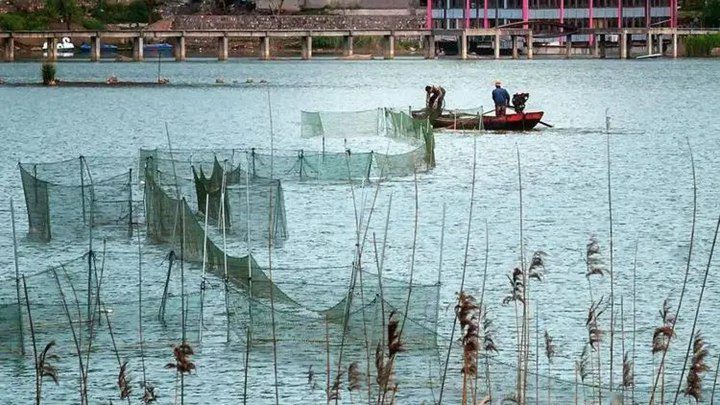
Reasonable collocation and polyculture, and implement three-dimensional fish culture. In order to make full use of the water space and natural bait, it is necessary to three-dimensionally breed “fat fish” such as silver carp, bighead carp and tilapia and “eating fish” such as grass, carp and gurnard in the upper, middle and lower water layers. There are 1200 to 1500 fish species per mu, of which grass card accounts for 40%, silver carp and bighead carp account for 40%, and carp, crucian carp, bream, and tilapia account for 20%. The total stocking amount per mu is about 150kg.
4. Mixed feed feeding
Feed the mixed feed and insist on intensive cultivation of thin tubes. According to the physiological and daily needs of fish, wheat bran, rice bran, soybean cake flour, distiller’s grains, minerals, vitamins and fish medicine are used to make compound(mixed) feed to improve the efficiency of feeding. Feed 1500 kg per mu per year. At the same time, ryegrass, sudangrass, salvage, and duckweed are used to raise grass carp, and they are fed 2 to 3 times a day.
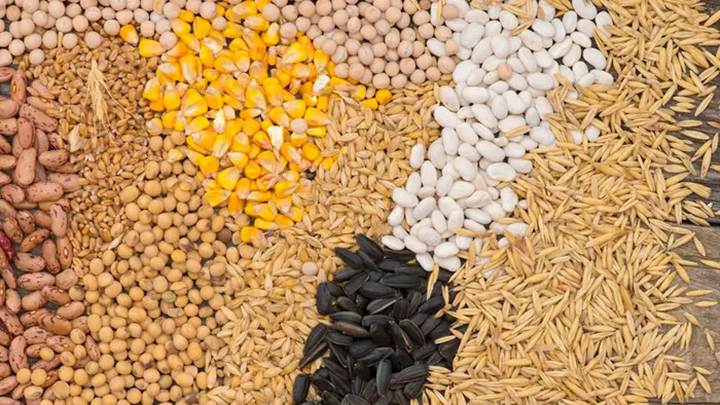
5. Top dressing
Apply to topdress timely and skillfully to cultivate natural bait. When the temperature is low, it is advisable to rush the fat water to cultivate plankton suitable for “fat water fish” to feed and promote the rapid growth of silver carp and bighead carp.
Apply top dressing every 2 to 3 days, and apply 100 to 150 kilograms of decomposed human and animal manure per each time. In summer, the temperature rises, the application of farmyard manure is
easy to flood the pond. You can switch to chemical fertilizer, and apply it every 5 to7days, and apply 2.5 to 5 kg of chemical fertilizer per mu each time.
6. Differentiate fish size
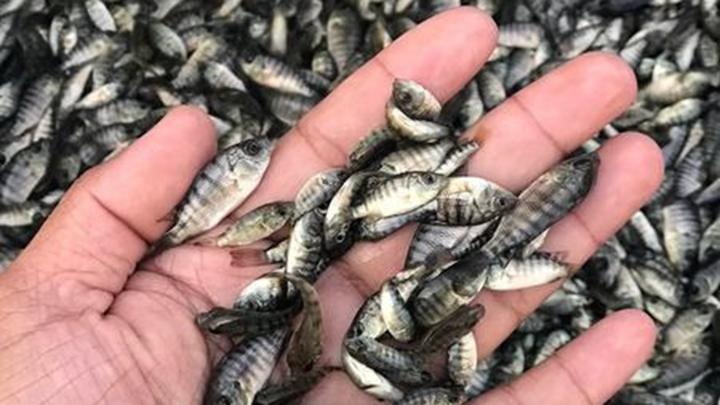
Rearrange fish species of specifications, catch large ones and keep small ones in stages. Scientifically design the stocking and nesting of fish species, the frequency and quantity of inter-catch, the implementation of rotation and release, three times a year to catch large and small, can catch 500-600 kg, to achieve a balanced market, the remaining fish And out of the pond. At the end of July, small fingerlings of 6-10cm in size will be reared to prepare for the cultivation of large-sized fingerlings in the second year.
7. Spraying medicine to prevent fish disease
Sprinkle medicine in turns to prevent fish diseases in time. During the high-temperature period, use 10 kg quicklime per mu or 250-350 g of 90% trichlorfon per mu every half a month to mix and sprinkle. At the same time, hang a basket of bleaching powder or copper sulfate or ferrous sulfate on the floating bait table of the fish.
During the epidemic season of grass carp enteritis, 0.5kg of the garlic head and bait are mixed to feed every 100 kg of grass carp for 3 to 6 days to prevent grass carp enteritis

Lima machinery has been in the fish feed pellet industry for nearly ten years, focusing on the production of fish food extruded pellet machines. In addition, our factory has dozens of different fish feed pellet production line solutions for customers to choose from. After continuous communication with customers, our feed pellet machine has received praise from customers, especially those in Africa and South Asia. If you have any questions, please feel free to contact us, our professional technicians are more than happy to help you.

